Murder in Dover: the incident at the Western Jet Foil reception centre for illegal small boat migrants
According to the official narrative, on Sunday October 30th, 2022, 66-year-old Andrew Leak, from Buckinghamshire, drove more than a hundred miles to Dover. His ultimate destination was an area of Dover dockland that hosted the processing centre, or rather the reception centre for illegal migrants mostly collected in their Channel crossing using small boats.
Parked in a car park outside the gates of the centre, Leak threw three so-called improvised incendiary “bombs” at the fences demarcating the site’s perimeter. Two of these caused fires, and the third remained inactivated in the road behind Leak’s car where it landed. If a picture taken by a Reuters photographer who happened to be in the vicinity at the time of the attack is to be believed, these “bombs” consisted of a firework strapped to a bottle of flammable liquid.
Leak was able to flee the scene of his crime and drive to a nearby petrol station where he supposedly committed suicide inside his vehicle.
Two of the earliest corporate-media accounts of this incident came from journalists who were essentially on-the-spot.
As mentioned above, a professional photographer happened to be outside the Western Jet Foil centre, and an account referring to him as an eyewitness appeared on the website of Reuters. Embedded in this piece was a portion of the image shown in Fig. 1., which was accredited to REUTERS/Peter Nicholls. Nicholls, therefore, must have been the photographer, and also the writer of the piece, as it was attributed to one of the same name. Here is the most pertinent part – Nicholls treats himself in the story as a separate person, please notice:
The attacker, a white man in a checked shirt, drove up to the centre in a white SEAT sports utility vehicle at around 1120 GMT. He got out and threw three petrol bombs, one of which failed to go off, the photographer said.
He then drove to a nearby petrol station, tied an improvised noose around his neck, attached it to a metal pole and drove off, killing himself, the photographer said.
The image by Nicholls came to be an iconic one used over again in corporate-media coverage – perhaps in part because it represented the sole photographic record of the attack. Although CCTV footage was published showing (presumably) Border Force and Army personnel extinguishing a fire, there is no such like imagery of the attack taking place (more about this and what it means in a second part of this article).
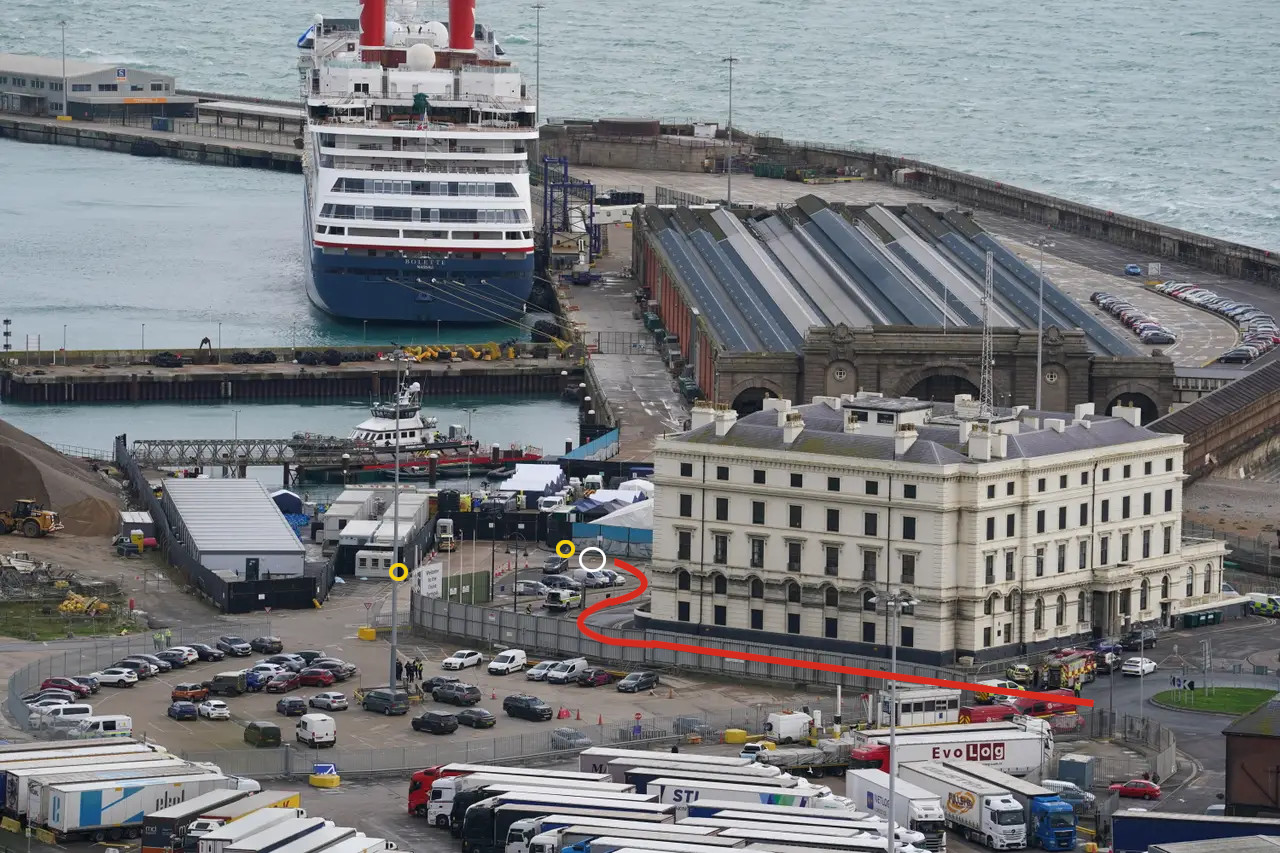
Figure 2. A view of the centre and environs, taken soon after the attack (as evidenced by presence of emergency services’ vehicles). The red line is the one route available to Leak to drive in and out of the complex. The yellow rings indicate the occurrence of small fires (already put out in this image). The white ring is the location of an object hurled by Leak that didn’t burn, supposedly the same object shown being thrown in Fig. 1. Click to enlarge.
The second case of on-the-spot reporting was by a Sam Lennon with a piece appearing on the Kent Online website. Again, here is the most pertinent part:
The man was white, in a striped top and drove up to the centre in a white SEAT sports utility vehicle, the witness [a Reuters news agency photographer] said.
He is said to have hanged himself moments later, with police arriving at the scene almost immediately.
This Kent Online piece also presented a film by “Sam Lennon at the scene of the tragedy”, who as well as noting the sealing off of the docks area, talked about the closure of the “Lime Kiln Street services station”. This was where, as shown in his film, Leak’s vehicle had been driven so that a suicide could be staged. Indeed, Lennon’s film was very useful for insight into how the British Army accessed Leak’s vehicle in the name of “bomb disposal” even before police forensics were able to investigate – and this detail lends itself very ably to a full comprehension of how Andrew Leak must have came to die.
Also very useful in this respect are the timings of the incident. At the coroner’s inquest into Leak’s death, which began early in November before it was adjourned, it was stated that police were called to the centre at 11.22am, and told that Leak had driven to the nearby petrol station – about a two minute drive according to Google Maps. On arriving at this place at 11.30am, police found Leak dead in his car. This means that Leak had had a window of as little of six minutes – as much as eight, if allowing for the Reuters report – to arrange things at the petrol station so as to kill himself.
As for that, the coroner’s inquest merely stated that Leak had died by “asphyxiation”, and reports of a self-hanging soon disappeared from corporate-media after the two very early references detailed above.
However, the imagery below suggests that not a rope, but a strap – of the sort as is used to bind a load on a vehicle – was fixed to a stanchion of a car wash station using a carabiner in a less than rudimentary ad hoc arrangement that was suggested by the Reuters report (see Fig. 4).
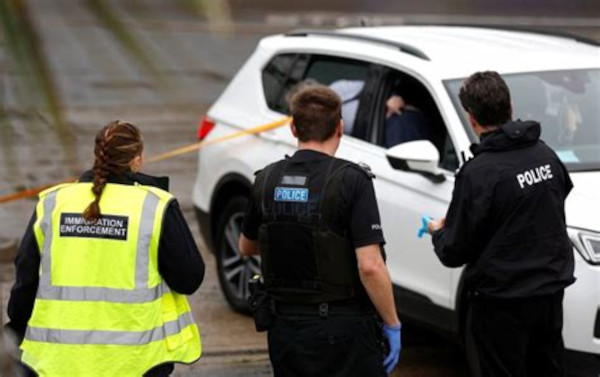
Figure 3. Leak’s car as it would have been discovered. The yellow strap is clearly visible. This image was found amongst results of an image search. It linked to a page that no longer existed. It would be unsurprising if it wasn’t meant for public consumption.
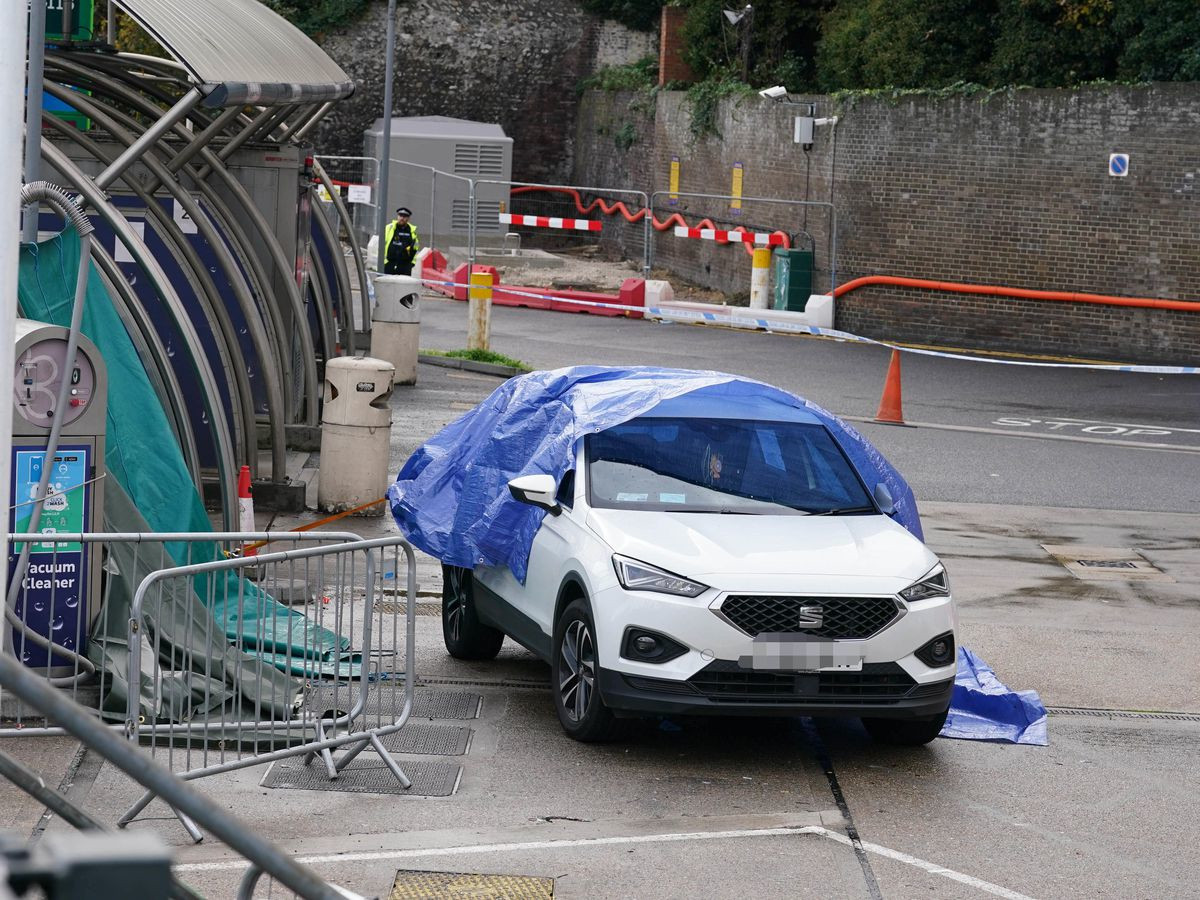
Figure 4. Now covered. Note the way the strap is anchored to the metal pole. An image from standard corporate-media coverage. Click to enlarge.
As can also be seen in the imagery, the other end of the strap leads into the car via the rear window on the driver’s side, ultimately where it must have been tied around Leak’s neck. Indeed, it is quite possible that Leak is within the vehicle in the imagery where the strap is visible so as to indicate that he is attached to an end. In fact, Leak is quite possibly visible to the viewer in Figure 3, where a white object that looks as if it could have the pattern of his shirt appears to be in the back seat of the car (Leak certainly is not in the driver’s seat).
Of course, this causes a problem for the story, as was reported by Reuters, that implied that Leak created the necessary tightening in the strap by moving himself away from the place to which he was tethered by driving the car. And although the exact and telling detail provided in the original Reuters account is not repeated in later corporate-media retelling, there can be found instances where the assertion continues to be made that Leak “was found dead at a nearby petrol station in the driver’s seat of his white Seat” – this example in BBC reportage of the coroner’s inquest. The least that needs to be said about it is that certain evidence, presented here, is clearly in confliction with the official narrative.
We’ve already noted the small window by which Leak had time to create the rigging by which to hang himself, and it does beg the question as to whether there was enough time before police arrived at the scene to do it in order to be dead. According to the author’s cursory research, death can occur under five minutes in such cases, but also it can occur much later at after ten minutes.
The evidence as it therefore comes together in the manner we see above begins to suggest that there was foul play in the death of Andrew Leak.
Another plank of suspicion is laid by the fact of the apparent immediate determination of death on arrival of police, and how, seemingly, no emergency medical assistance was forthcoming in the very earliest moments after the discovery of a supposedly deceased Leak. This is not suggested in the searchable imagery on the internet so that an ambulance is recorded as having been in the vicinity of the petrol station, and it is not suggested in the statement coming from the coroner’s inquest to the effect that paramedics confirmed Leak’s death at 11.48am – suggesting an interval before their access long enough to see Leak, possibly only with the appearance of being dead, expire from the injury he had sustained. When fire service personnel become involved to erect a screen around Leak’s car then this is the first time that emergency services equivalent to the paramedical ones provided by an ambulance are to be noted at the scene – in terms of the imagery, at least. It is very surprising that there was no attempt to resuscitate Leak given the small window of opportunity he had had available to him in which to kill himself by a hanging, especially one that required more set up than tying a couple of knots.
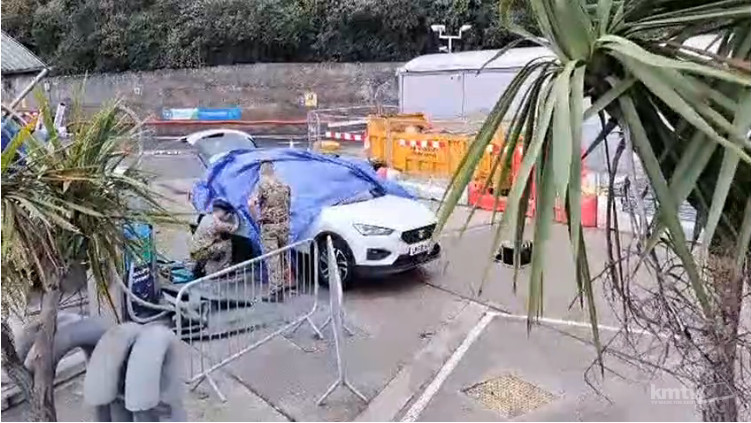
Figure 5a. From local reporter Sam Lennon’s video. The Army becomes involved, in the guise of “bomb disposal”. Click to enlarge.

Figure 6. A photograph by Sam Lennon – clearly better quality. It suggests a strap is present. Click to enlarge.
Then of course there is the potential tampering by the British Army, which accessed the car in quite an unusual way even in the guise of bomb disposal, or an Explosive Ordnance Disposal unit. Although the presence of these people at the scene was known early in the coverage, it appears to have come out at the inquest that their specific involvement was related to the “making safe” of another “device” that remained in Leak’s car.
This is extraordinary given that Leak’s “bombs” should have been known quantities by the time of his discovery, what with one example of his firework-with-petrol-container handiwork being discoverable by police outside the immigration centre where it had landed. Such an item in Leak’s car would have been safe by default.
Not only is the Army’s access to the car therefore unnecessary or inexplicable, but it is also unusual given that it involves working in that area of the vehicle – under the cover of the sheet in place to hide the expired Leak from public scrutiny (even if he can’t be seen where he is meant to be) – most associated with the strap that is at the crux of Leak’s unnatural death. For all the places in the car for this other “device” to be, it must be accessed by the window through which Leak’s hanging rope also leads? That’s quite the coincidence.
One doesn’t have to be extraordinarily sceptical to have this activity suggest itself as the Army interfering with a potential crime scene under the ludicrous pretext of disarming a bomb.
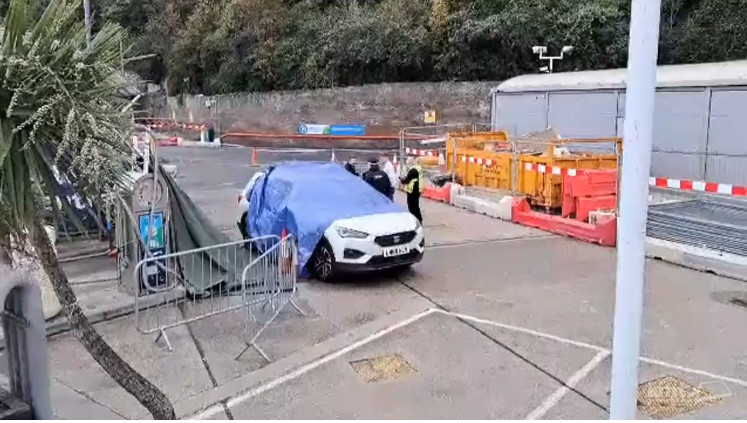
Figure 7. From the video. Whether this is before or after Army meddling, the shape of the covering suggests the strap has been removed. Click to enlarge.
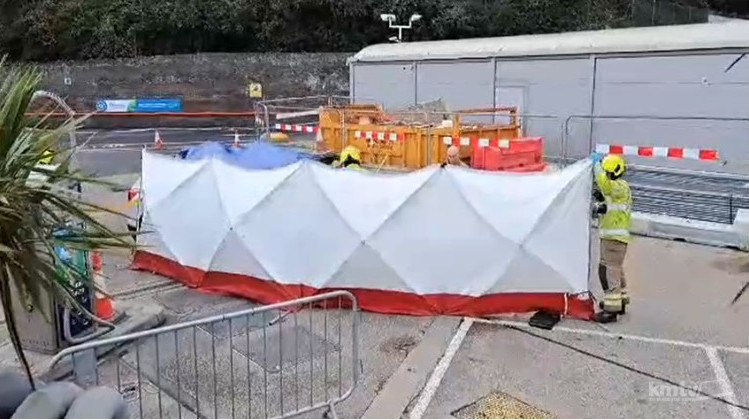
Figure 8. Taken from the video, firemen(?) now erect a screen around the car. The strap appears to be in place, but has the angle it makes with the ground changed? Click to enlarge.
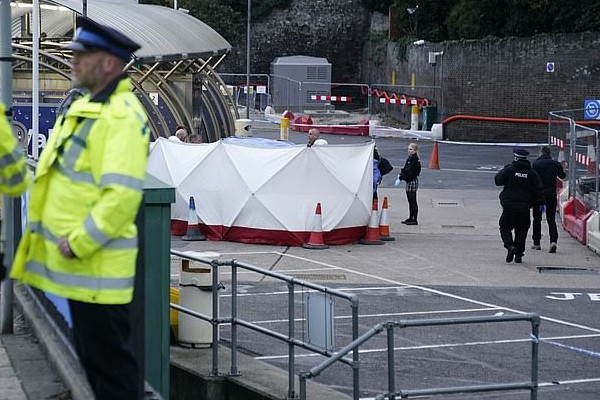
Figure 9. With the screen erected, white-clad forensics personnel access the car. Boot door is closed. Image from standard corporate-media coverage.
And as one looks at the images in which one individual in camouflage keeps lookout for another, the information that is suggested to the viewer is that these people have possibly unattached the strap at the car end – explaining the pictures in which it doesn’t appear, and implying meddling with Leak who it is assumed is still in the car and the object there by which the strap is taut. If one considers Figure 6, Figures 5, Figure 7 and Figure 8 in that order as telling of the sequence of events, it could appear that the strap was interfered with by the British Army, and then it was replaced (probably by the police whose job in a case such as this would be to do the covering up) for the benefit of the forensics people so that the official history could go into the record.
In that respect, and as has been mentioned, the coroner’s inquest didn’t expand on a declaration of a cause of death by asphyxiation, before being adjourned to sit again at the end of January when the results of toxicological analysis should have been available. If the lack of any further mention of an inquest in corporate-media is an indicator, then it never resumed. Either that, or it did resume and someone in a high place deemed that further public interest in it would not be required – nor desirable – thus there was no corporate-media coverage whatsoever.
With the toxicology analysis remaining beyond our ken, we are not to know if there could have been any chemical factor which could have contributed to Leak’s death. As such, there’s all sorts of possibilities that might have fit other evidence we weren’t supposed to know about by which we could further deduce not suicide, but murder. As it is, all we are allowed to know is that Leak died from an ethereal kind of asphyxiation – a cause of death with no substance, with the exact means by which this condition was brought about apparently officially unknown.
The other thing, of course, that we are allowed to know at the same time as this is that Leak was a “terrorist” so that “right-wing” objection to what is evidently unlimited, uncontrolled immigration could be demonised.
Inevitably, in the country of government-by-hoax, such a trail of breadcrumbs leads to yet another instance of false flag terror, and in the next part of this article there’ll be further exploration of that inescapable conclusion.




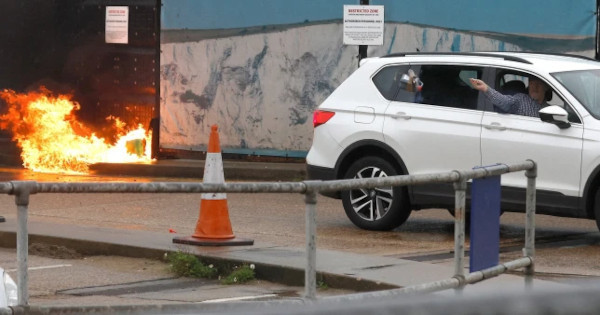
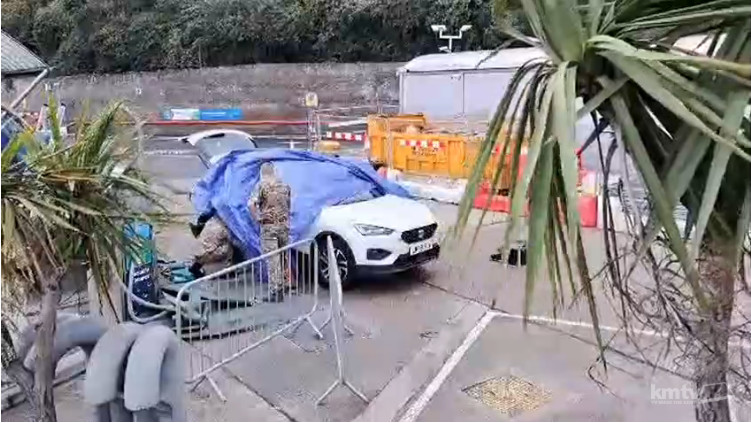
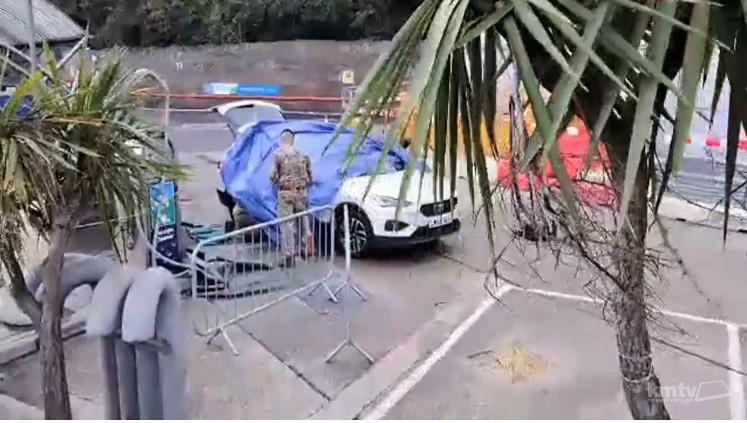

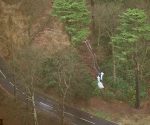













30 October 2022. Exclude the zero’s because gematria and we’ve got 3x1x222 = 666 to go with the alleged perps age of 66. The usual esoteric BS.
Yes, I noticed the age – and I am guilty of doing this. Sometimes, people really are 66 – but this sort of coincidence always does stink.
Moreover, there’s indication in substance that the perpetrator is an Ogilvy figure, and I like to deal in terms of what one could bring to a court. So, I don’t do gematria because really, in my opinion, it’s only noticing special properties of numbers. If I thought an ancient technocratic pseudoscience was involved, I would guess at significance of a date in terms of the pagan yearly cycle, the zodiac, etc.